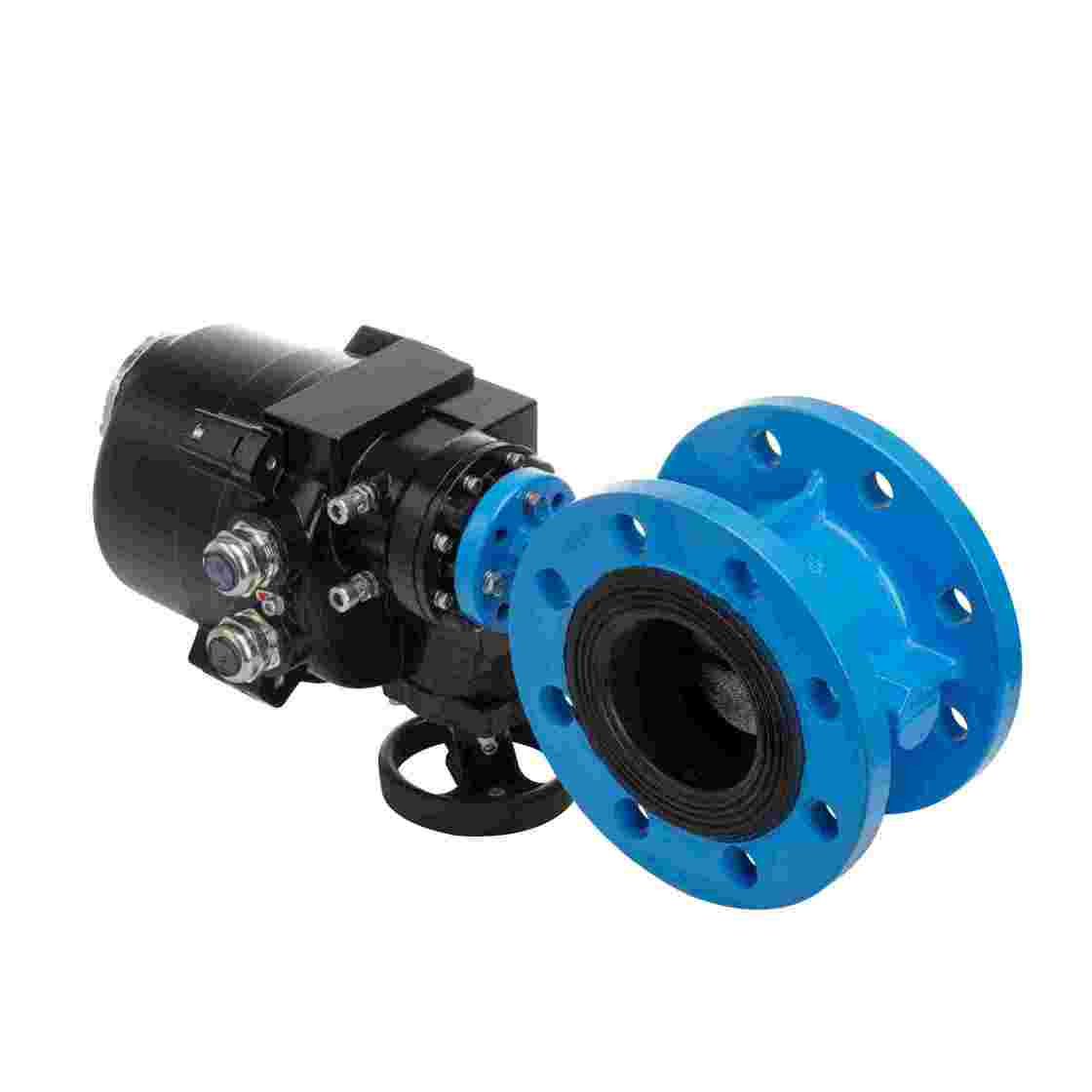

A butterfly valve is a type of flow control device that is commonly used in pipelines to regulate or isolate the flow of a fluid or gas. The electric flanged butterfly valve is a specific variation where the valve is electrically operated, and the flanged design allows for secure attachment to pipelines. The term "flanged" refers to the valve’s design that incorporates flanges, which are essentially flat surfaces with bolt holes, making it easier to connect the valve to pipes and ensure a leak-proof seal.
In the context of hydrogen energy, the use of electric flanged butterfly valve provides several benefits that are crucial for the proper functioning of hydrogen-based systems. These systems require components that can handle high pressure and low temperature, and the valves must also ensure minimal leakage due to the small molecular size of hydrogen. The electric actuation feature allows for remote and automated control, which enhances operational efficiency and safety.

s In recent years, hydrogen energy has gained significant attention as a promising clean energy source. As industries and governments around the world seek to reduce carbon emissions and transition towards sustainable energy solutions, hydrogen has emerged as a key player in this transformation. Central to the safe and efficient use of hydrogen energy in various applications, including fuel cells, storage systems, and transportation, are advanced valve technologies. Among these, the Hydrogen Energy Electric Flanged Butterfly Valve stands out as a critical component in managing the flow of hydrogen in systems that require precise control, safety, and reliability.
Understanding the Hydrogen Energy Electric Flanged Butterfly Valve